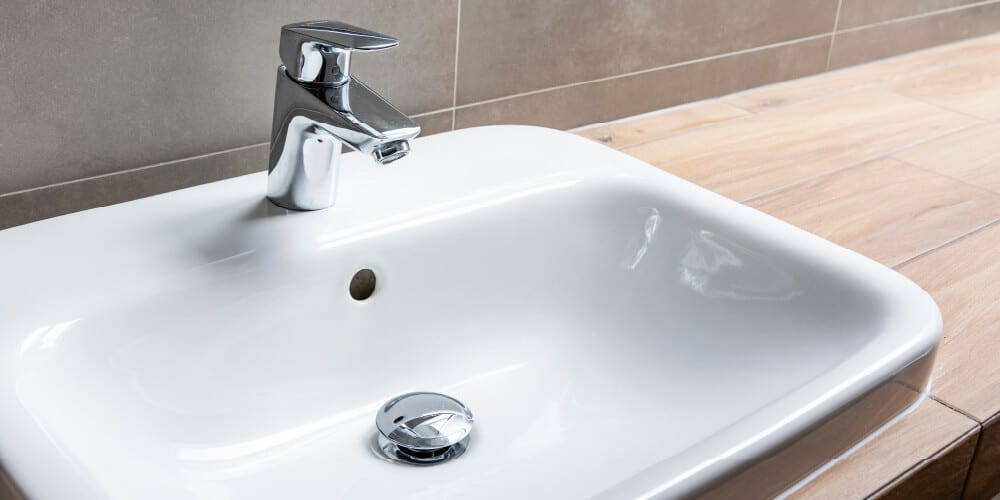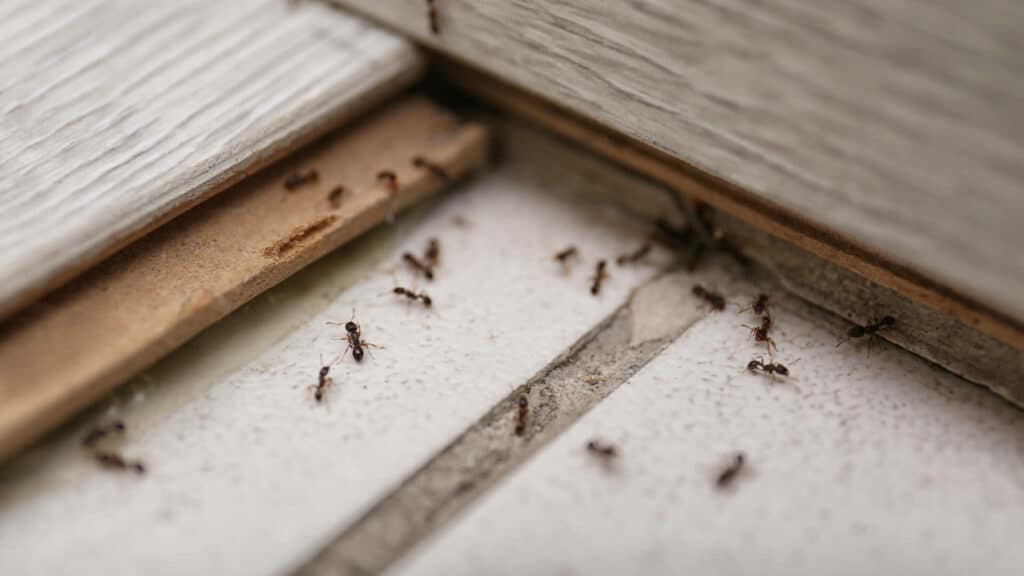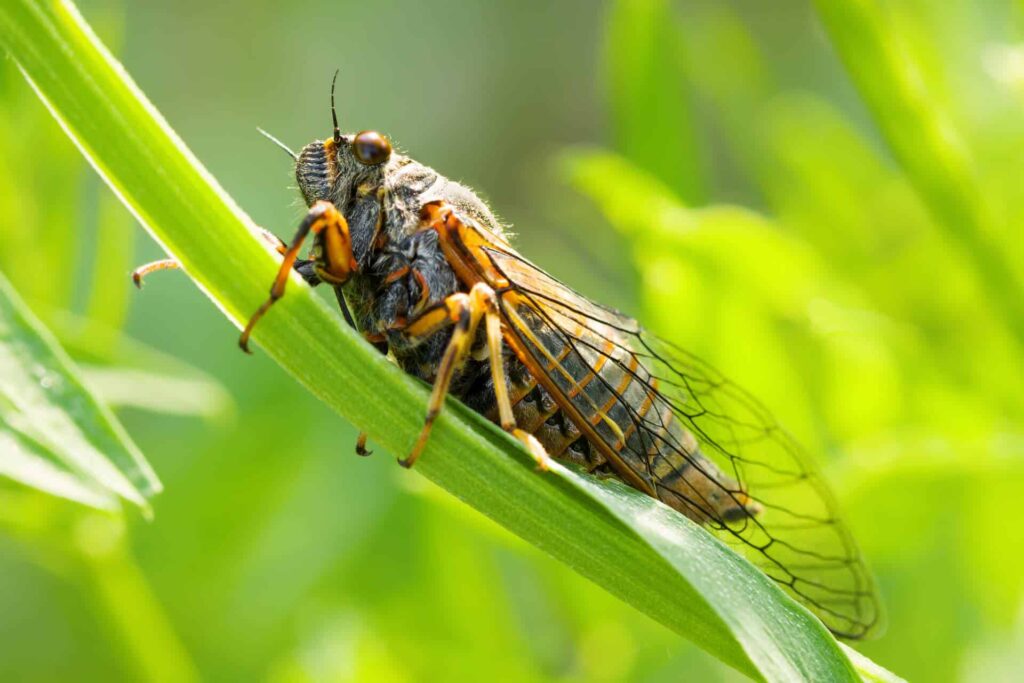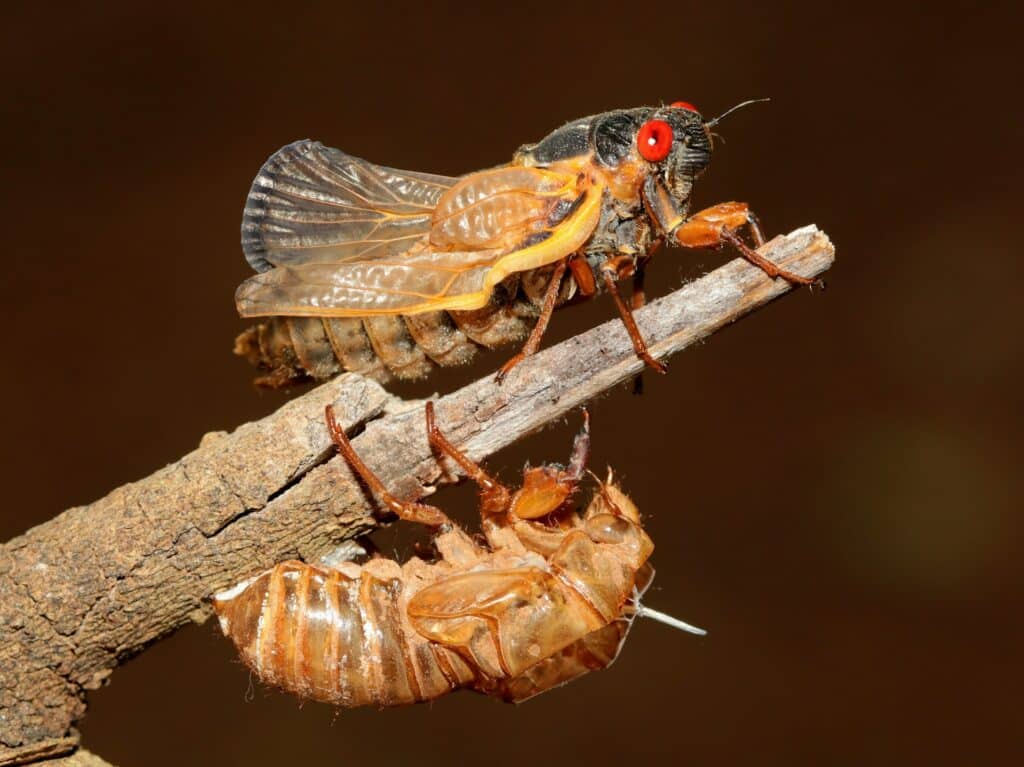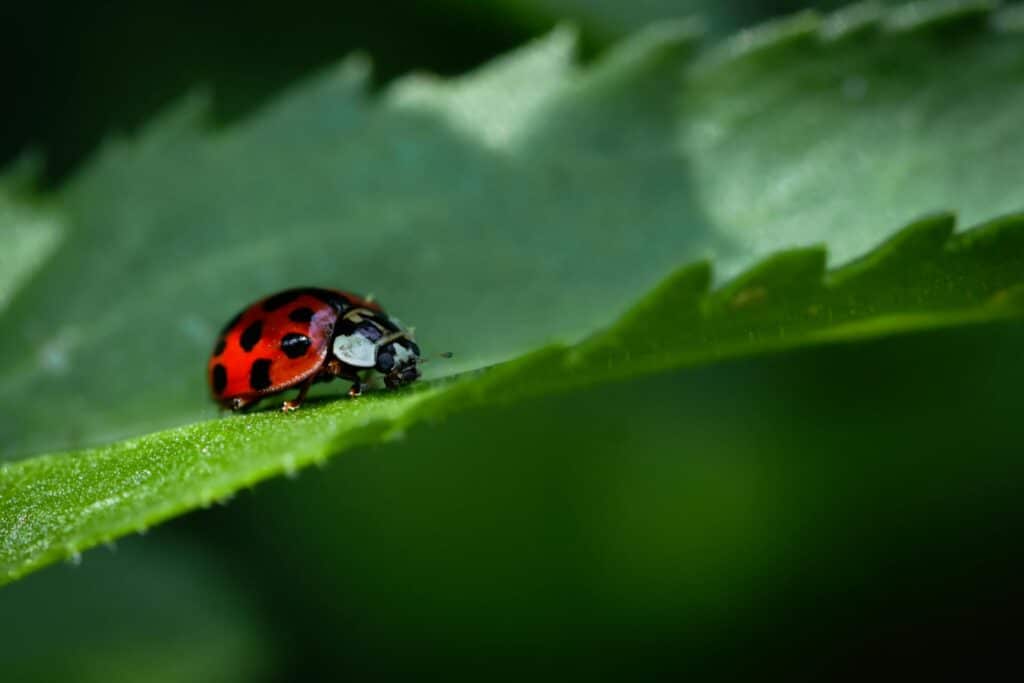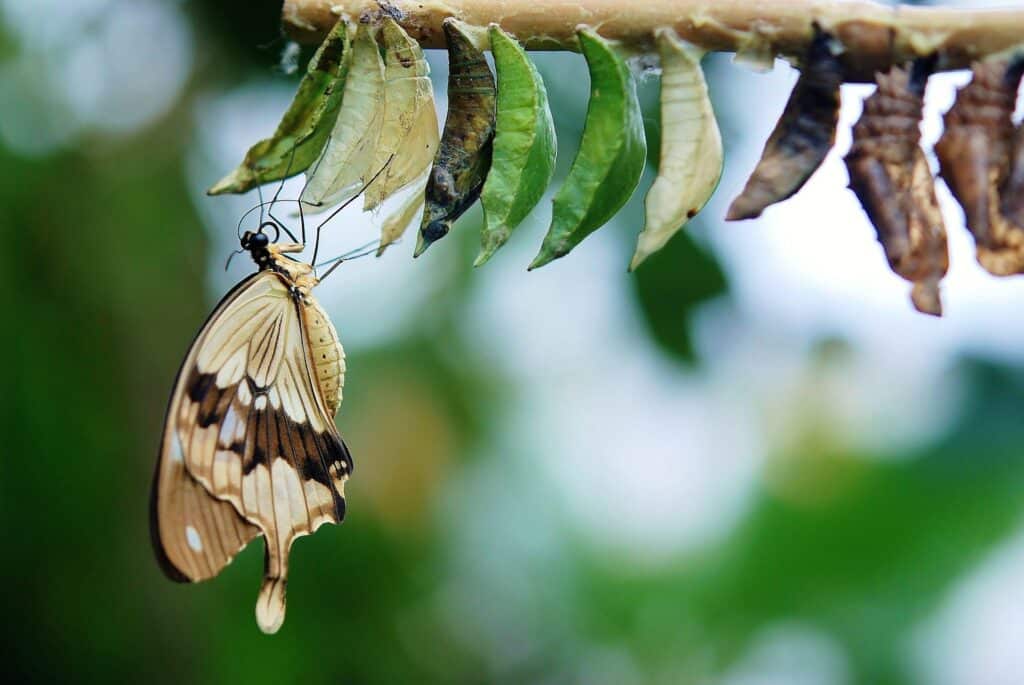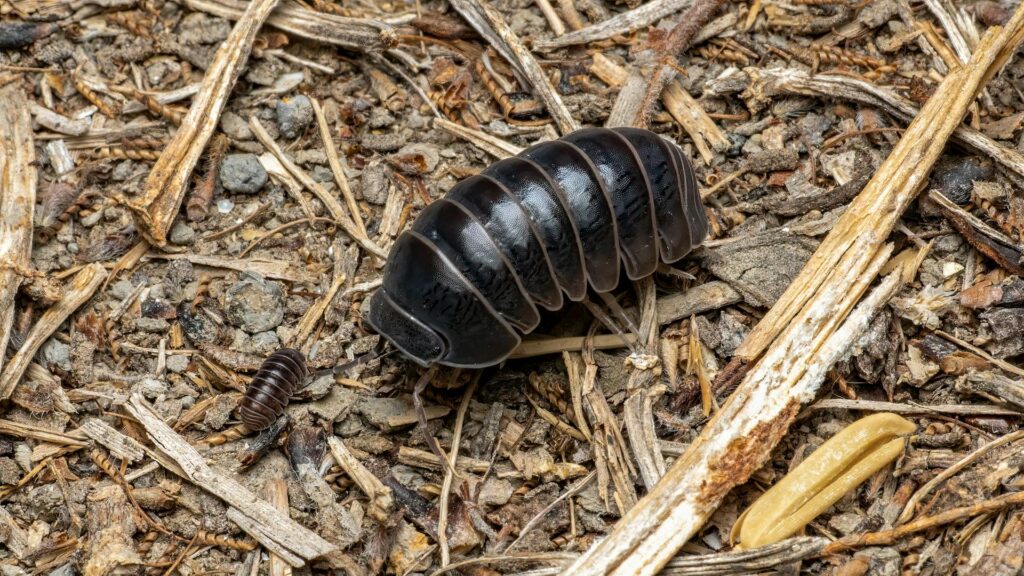Drain flies, also known as sewer flies or sink flies, are small flying insects commonly found in homes and buildings. While they may resemble fruit flies or gnats, drain flies have a distinct preference for moist environments such as drains. These pesky creatures thrive in the dark and damp conditions, making your sinks and floor drains their ideal breeding grounds.
Unlike adult flies that buzz around, drain fly larvae reside in the organic matter that accumulates within drains. This can lead to unpleasant odors and potential clogs. Dealing with a drain fly infestation can be frustrating, but there are effective ways to treat these bothersome insects.
The Nature and Characteristics of Drain Flies
Drain flies, also known as moth flies or sewer gnats, are tiny insects that can be found in drains. These pesky creatures are attracted to decaying organic matter that accumulates in our pipes and drains. Let’s take a closer look at their appearance and characteristics.
Appearance
Drain flies have a distinctive fuzzy appearance, which sets them apart from other flying insects. With a wingspan of about 1/5 inch (5 mm), they are relatively small creatures. Their bodies are dark in color, giving them a rather unappealing look. Despite their minuscule size, these little pests can quickly multiply if left unchecked.
Attracted to Decaying Organic Matter
One reason why drain flies are commonly found in our drains is because they thrive on decaying organic matter. This could include food particles, grease, hair, soap scum, and other debris that accumulate over time. The moist environment within our drains provides the perfect breeding ground for these insects.
Harmless Yet Nuisance
While drain flies themselves do not pose direct harm to humans or pets, they can become quite the nuisance if their population grows unchecked. Imagine brushing your teeth or washing dishes while being constantly swarmed by these tiny pests! They can also leave behind an unpleasant odor due to the decomposing matter they feed on.
Proactive Drain Fly Control
To reduce the chance of a drain fly infestation in your home, it’s important to maintain clean and sanitary drains:
- Regularly clean out your drains using a mixture of vinegar and baking soda.
- Avoid pouring grease or oil down the drain as it can attract drain flies.
- Use drain covers to prevent food particles and debris from entering the pipes.
- Ensure proper ventilation in bathrooms and kitchens to reduce moisture levels.
If you already have an infestation of drain flies, here are some steps you can take to control their population:
- Identify the breeding sources by inspecting your drains for any signs of larvae or pupae.
- Clean and sanitize the affected drains using a drain cleaner or a mixture of bleach and water.
- Use drain fly traps to capture adult flies and reduce their numbers.
- Consider seeking professional help if the infestation persists.
Life Cycle and Indications of Drain Flies
The life cycle of drain flies is composed of four stages: egg, larva, pupa, and adult. These tiny insects can be a nuisance in our homes, especially in areas with poor sanitation or clogged drains. Let’s take a closer look at the life cycle of drain flies and understand what it means when you see them.
The Life Cycle of Drain Flies
Drain flies begin their life as eggs, which are laid near organic matter such as decaying food or sewage found within drains. These eggs hatch into larvae within 48 hours. The larvae then feed on the organic matter present in the drains, helping them grow and develop.
As the larvae mature, they enter the pupal stage where they undergo physical changes inside protective casings. This stage typically lasts for about 7 to 14 days before the adult drain flies emerge. Once they become adults, these flies have a lifespan of about two to three weeks.
Sanitary Indications of Drain Flies
While drain flies may be an annoyance in our homes, it’s important to note that they do not bite or sting humans. Unlike other pests like mosquitoes or bed bugs that can transmit diseases, drain flies do not directly pose significant health risks. However, their presence can indicate underlying sanitation issues that need attention.
When you notice an infestation of drain flies in your home, it often suggests there is stagnant water or decaying organic matter accumulating somewhere. This could be due to clogged drains, leaky pipes, or improper waste disposal practices.
Taking Action
To control drain flies and improve sanitation, it’s essential to address the root causes. Here are some steps you can take:
- Clean and unclog drains regularly using a drain cleaner or a mixture of vinegar and baking soda.
- Remove any stagnant water sources in your home, such as standing water in sinks or leaky pipes.
- Properly dispose of food waste and avoid letting it accumulate in drains.
- Keep drains covered with screens to prevent flies from entering.
- Maintain good hygiene practices by regularly cleaning surfaces and ensuring proper waste management.
By taking these proactive measures, you can effectively reduce the presence of drain flies and minimize the risk of sanitation-related issues.
How to Identify Drain Flies
Drain flies, also known as sewer gnats or moth flies, can be easily identified by their distinctive appearance. Here’s how you can identify these pesky insects.
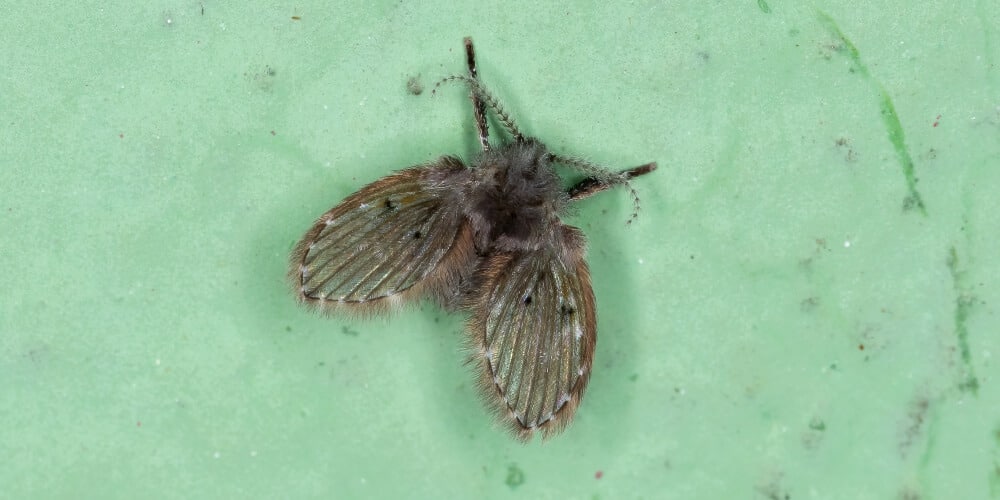
Drain fly, also known as a sewer gnat, sink fly, or moth fly
Hairy Bodies and Long Antennae
One key characteristic of drain flies is their hairy bodies. These tiny hairs give them a fuzzy texture and help them cling to surfaces near drains. Drain flies have long antennae that protrude from their heads.
Wings Covered in Scales
The wings of drain flies are covered in scales, similar to those found on butterflies or moths. These scales give the wings a fuzzy or furry appearance when examined up close. The scale-covered wings distinguish drain flies from other flying insects commonly found indoors.
Small Size
Drain flies are typically quite small, measuring only about 1/8 inch in length. Their diminutive size allows them to fit into tight spaces near drains and sewage systems easily. Despite their small stature, they can quickly become a nuisance if left unchecked.
Presence of Larvae
In addition to identifying adult drain flies, it’s important to keep an eye out for their larvae as well. Drain fly larvae are worm-like creatures that feed on organic matter found in drains and sewage systems. If you notice small white worms wriggling around near your drains, it is a sign of a potential drain fly infestation.
Exploring Outdoor Sources of Drain Flies
Drain flies, also known as sink flies or moth flies, are pesky little insects that can quickly become a nuisance in our homes. While they primarily breed indoors, it’s important to recognize that outdoor sources can contribute to infestations as well.
Poorly Maintained Gutters and Leaky Pipes
One common outdoor source of drain flies is poorly maintained gutters or leaky pipes outside the house. When these gutters or pipes become clogged with debris or develop leaks, they create a breeding site for drain flies. The stagnant water combined with organic material provides an ideal environment for these pests to thrive.
To address this issue, it is important to regularly clean and maintain gutters, ensuring that they are cleared of blockages. Fixing any leaks in pipes and drains will help reduce potential breeding sites for drain flies. By taking these proactive measures, you can significantly reduce the chances of attracting drain flies into your home.
Sewage Systems and Moist Areas
Another outdoor source of drain flies is sewage systems or other areas with moist conditions. These locations provide an abundant supply of stagnant water and organic material for the flies to breed. It’s important to note that even if your home’s drains are clean and well-maintained, nearby sewer lines may still serve as a potential breeding ground for drain flies.
To mitigate this issue, consider installing screens on windows and vents to limit drain flies from entering your home through these openings. Sealing any cracks or gaps in walls or foundations will help keep these pests at bay. Regularly inspecting and maintaining your plumbing system will also minimize the risk of attracting drain flies indoors.
Lights near Roof Vents
Believe it or not, lights near roof vents can inadvertently attract drain flies. These pests are drawn to light sources, and if there are roof vents with lights nearby, they may mistake them for potential breeding sites. To prevent this, consider using yellow or sodium vapor lights instead of traditional white lights, as drain flies are less attracted to these types of lighting.
By addressing these outdoor sources of drain flies, you can effectively control and reduce infestations in your home. Regular maintenance of gutters and pipes, along with proper sealing of cracks and gaps, will minimize the risk of attracting these pesky insects indoors. Installing screens on windows and vents, as well as using alternative lighting options near roof vents, will further deter drain flies from entering your living spaces.
Remember, proactiveness is key. By taking measures to reduce outdoor sources that attract these pests, you can enjoy a more protected home.
Long-Term Solutions for Drain Fly Control
Now that you understand the ins and outs of dealing with drain flies, it’s time to take action.
To control drain flies in your home, it is essential to implement long-term solutions. Start by thoroughly cleaning your drains using a mixture of vinegar and baking soda or a commercial drain cleaner. Ensure proper ventilation in bathrooms and kitchens to reduce moisture levels that attract these pesky insects. Regularly inspect and repair any leaks or damaged pipes that may serve as breeding grounds for drain flies.
By following these steps consistently, you can control drain fly infestations and limit their return. Don’t let these bothersome pests disrupt your peace of mind any longer – take action now!
